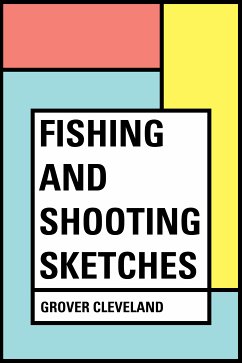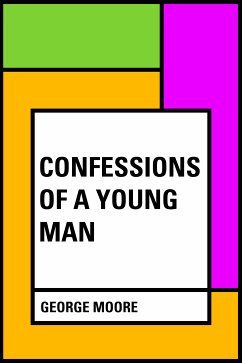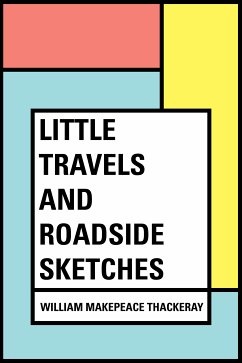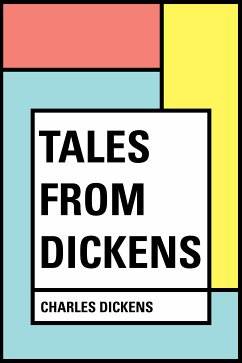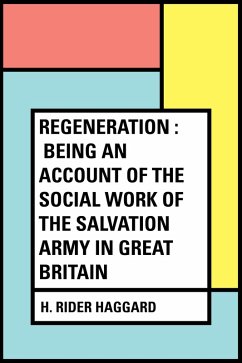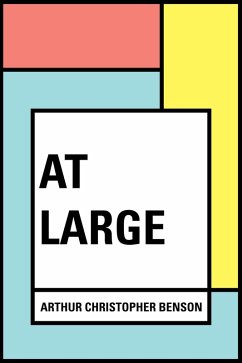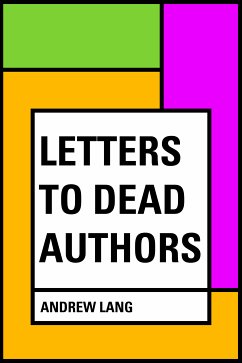
Sketches of Young Couples (eBook, ePUB)

PAYBACK Punkte
0 °P sammeln!
Charles Dickens needs no formal introduction, having been the most popular English writer of the 19th century and still one of the most popular writers in history today. Dickens was obsessed with reading, making him a natural journalist by the age of 20, when he began a career in journalism. Along the way, he also began writing his own short stories and materials, often serializing them in monthly installments in publications, a popular method of publishing in the 19th century. Unlike most writers, Dickens would not write an entire story before it began its serialization, allowing him to work...
Charles Dickens needs no formal introduction, having been the most popular English writer of the 19th century and still one of the most popular writers in history today. Dickens was obsessed with reading, making him a natural journalist by the age of 20, when he began a career in journalism. Along the way, he also began writing his own short stories and materials, often serializing them in monthly installments in publications, a popular method of publishing in the 19th century. Unlike most writers, Dickens would not write an entire story before it began its serialization, allowing him to work on the fly and leave plot lines up in the air with each opportunity.
By the time he died at the relatively young age of 58 from a stroke, he was already Europe's most famous writer. His obituary noted that Dickens was a "sympathiser with the poor, the suffering, and the oppressed." Dickens was interred in Westminster Abbey, a rare honor bestowed only among the greatest and most accomplished Britons.
Many of Dickens' novels were written with the concept of social reform in mind, and Dickens' work was often praised for its realism, comic genius and unique personalities. At the same time, however, Dickens' ability as a writer was nearly unrivaled, with his ability to write in prose unquestioned and unmatched.
Dieser Download kann aus rechtlichen Gründen nur mit Rechnungsadresse in D, E, F, I ausgeliefert werden.






